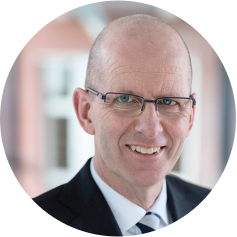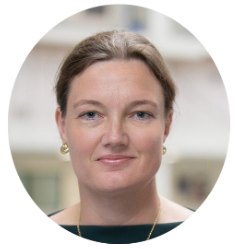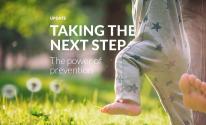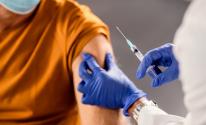
Chapter 1
Lifestyle and living environment
Continuing the success-story of prevention
INTERVIEW
With Hanneke Molema and Jochen Mierau
‘The greatest health gains we have made in the past 150 years have not come from curing diseases but preventing them. Large-scale preventive interventions, such as vaccination campaigns, centralised sewage systems and poverty alleviation have allowed us to live long and healthy lives. Unfortunately, this story remains underexposed,’ says Jochen Mierau, professor Public Health Economics at the University of Groningen and Scientific Director of the Aletta Jacobs School of Public Health.
‘To continue the success story of the past 150 years, it is important to tell this story and highlight what is going well. At the same time, we need to work together constructively on improving prevention and health promotion’, adds Hanneke Molema, consultant at TNO and Management Team Member at LifeStyle4Health.
Know-how, ability and desire
‘Communication is very important,’ Molema continues. ‘But the step from knowing to being able to, is a big one. Environmental interventions are crucial to be able to take this step. Most of your choices are made unconsciously. In someone’s living environment, the healthy choice must therefore be the easy choice.’ ‘This has not only to do with the price,’ says Mierau, ‘but also with availability, design and the surrounding narrative. Now, for example, it’s always about the healthy or tasty choice, which is obviously a false dichotomy'
According to Mierau, we often now talk about individual behaviour. ‘However, we should focus more on changing the behaviour of directors and policymakers. Many proven effective interventions are not implemented. Why are so many lifestyle interventions not implemented in the construction of a new neighbourhood? Why do so many school directors allow soft drink vending machines? They know it, but don’t do it. It takes leadership to take that step. It is difficult to go against the established order and implement changes.’ Molema: ‘By placing missions at the centre of the mission-driven top sectors and innovation policy, you give direction to that leadership, and you connect people on these missions.’
Taking the step
From knowing to being able to
An Archeological discovery
It is 3021. Archaeologists have uncovered a supermarket from the year 2021. Now they are trying to piece together the human diet from this time. It seems that the Dutch population from this era mainly lived on
a diet of crisps, sweets, soft drinks and alcohol, and their consumption of fruit and vegetables was moderate. This diet was clearly not healthy. The dominant choice was the unhealthy choice.

Putting our collective shoulder to the wheel
But who will be responsible for accomplishing those missions? Molema answers: ‘When there is an integral issue, the ministerial accountability should be submitted to the most appropriate department. However, the implementation of the policy will have to be supported by several ministerial departments. In the field of prevention and health promotion, you could give the Ministry of Health, Welfare and Sport the ultimate responsibility
and a coordinating role to the Ministry of Social Affairs and Employment and the Ministry of Education, Culture and Science. Realising such an intersectoral policy is still a challenge. However, we see that COVID-19 has accelerated the transition: we see the importance of health, and we are putting our collective shoulder to the wheel.’
A learning health system
‘A learning health system is important for effective policy implementation,’ says Mierau. ‘It starts with having insight into health at both an individual and group level, as well as regionally and nationally. Then you can continuously respond to changes and challenges and subsequently improve the health of everyone. This requires a good data infrastructure that not only collects data but also integrates and uses it. Responsibilities need to be assigned, and monitoring and evaluation tools need to be provided. That will facilitate dynamics and innovation in the entire policy domain so that we can make our good health system even better still.’
Join forces for societal and economic gain
Prevention has fueled society the recent 150 years. In parallel, life expectation and overall welfare increased enormously. Nowadays prevention is expected to reduce incidence of (chronic) diseases, and all the more the functional consequences of such diseases for people. That is: people with chronic diseases but a healthy living context and lifestyle will be able to participate via their different roles in society better and longer. And what is more: this social inclusion is preventive in itself! A double win-win, for the person self, society and economy.
These effects could substantially expand when we would collectively invest in neighbourhoods and people with a lower economic context. In their context the “therapeutic window” of prevention is the biggest and lies a potential huge societal and economic gain. In order to exploit this potential an intensive and multi-year investment and collaboration is required from alle stakeholders, that is: the people themselves, local and national governments, industry, health and care and knowledge institutions, and social organisations.
For industry all sorts of innovate products and services pop up, validated or not, providing these companies with new business. From e-Health and data analysis, food and nutrition concepts up until innovative architecture, buildings and green infrastructure. Last but not least, employers find means to invest in the vitality of their staff and coworkers, striving for return of investments via an upgrade of the companies pride, productivity and, via those, its profits.
Such public-private partnerships are vested and one can join these via: hanneke.molema@tno.nl
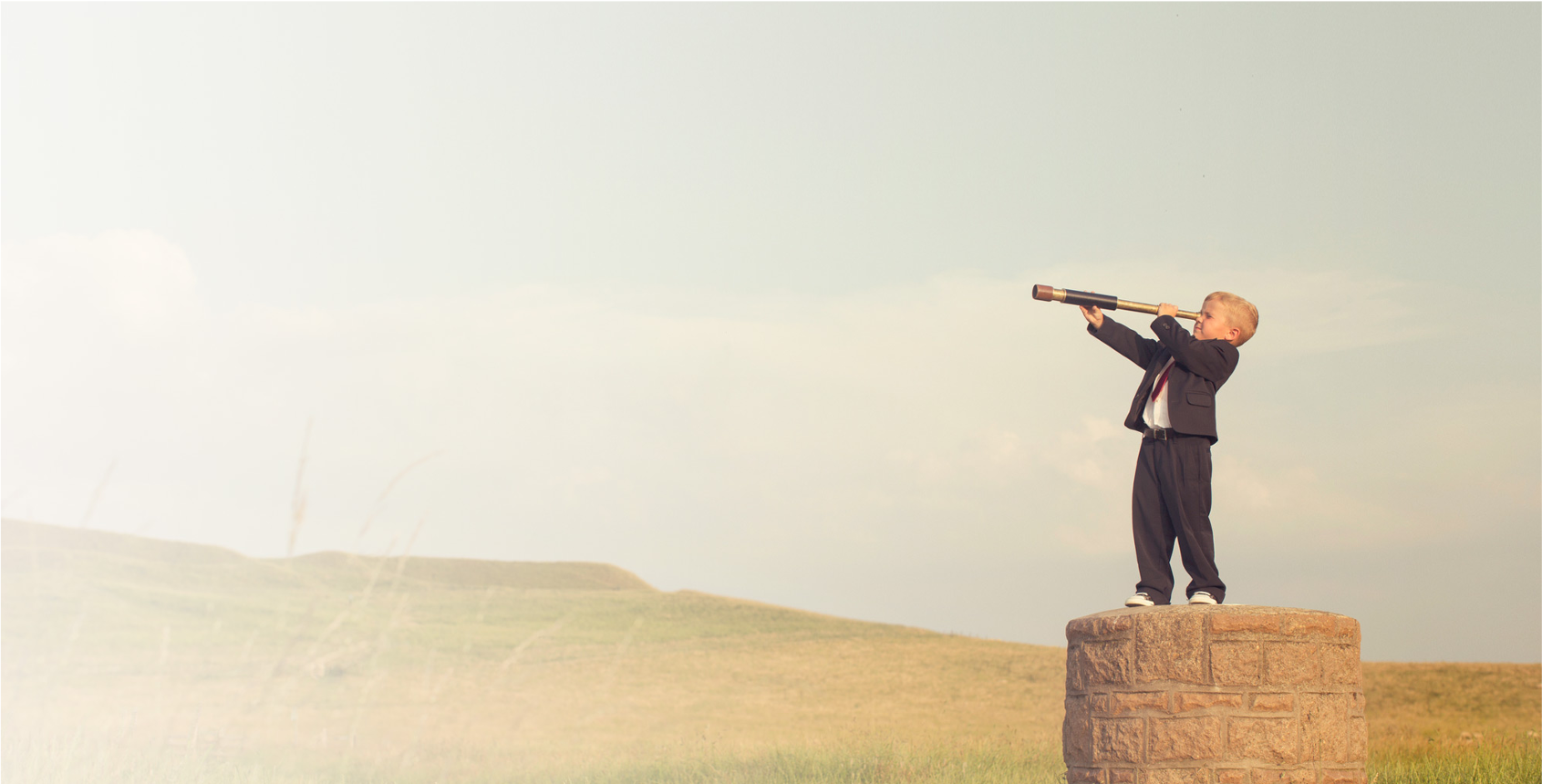
The future of Health & Care
2030: Health promotion is ingrained in society
Invisible as the sewage system and imperceptible as the crash barriers that prevent us from colliding with an oncoming vehicle, in 2030 much more knowledge about health, behaviour and living environment will be widely applied. The Netherlands is then a learning system in which new knowledge about prevention is developed and implemented and the health of large groups of people is monitored and promoted. In healthcare, too, (secondary) prevention is paramount. It is then normal for citizens (particularly also from less prosperous neighbourhoods) to work together with researchers and policymakers on health promotion. In this way we ensure that by 2040 the disease burden and the socio-economic health differences have actually decreased significantly.
Read here how the quadruple helix is already working together to realise this mission!



